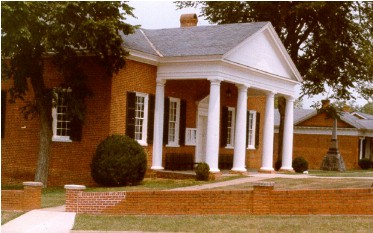|
|
Court RecordsandOfficial Documents |
 |
|
|
Court RecordsandOfficial Documents |
 |
Punishments for captured runaways were often severe. In addition to punishments meted out by their masters on their return to the plantation or quarter, some runaways faced formal trial before the county courts for criminal activities committed during their escapes. For these, court records can help document what happened to them.
|Court Records| |Other Official Documents|
In Accomack County in 1751, a group of six runaways, including two slaves and several mulatto servants, ran off. They commandeered a boat and allegedly broke into several storehouses for provisions. Read the advertisement of their original escape. Following their capture, they were tried before the county court. Follow the case from the record of the Accomack County Court, May, 1751.
In April 1774, Billy, or Will, ran away from the Neabsco Iron Furnace in King William County. Read the advertisement. Will, described as having "a surprising Knack . . . of gaining the good Graces of almost every Body who will listen to his bewitching and deceitful Tongue," became leader of a group which fought with the British against the Americans during the Revolution. He was captured, and his owner, William Tayloe, petitioned the Prince William Court, in May, 1781 for his release.
In 1789, Robin, a runaway belonging to Humphrey Traylor of Dinwiddie County, was tried by the Brunswick County Court for robbery and assault. The record of his trial and his subsequent fate, illustrate the dangers runaways faced, some of the measures they took to remain free, as well as the treatment many captured runaways received. Read an advertisement Traylor placed for a runaway named John Banks in 1770.
Sometimes runaway slaves were outlawed, a legal procedure requiring an official proclamation by county officials. Read the proclamation of 1773 outlawing Tom, a slave belonging to Thomas Patterson (or Patteson) of Buckingham County. Tom killed himself rather than face capture (as a number of runaways did), and owner Patterson petitioned the House of Burgesses for compentation.
In April, 1770, Thomas Jefferson argued a case for Samuel Howell, a young man descended from a white woman who, under Virginia law, was bound until he reached the age of 31. Four years earlier, Howell had run away, apparently in an attempt to employ a lawyer to argue his case. In 1770, despite Jefferson's argument, he lost, and three months later ran away again, this time with his brother Simon.